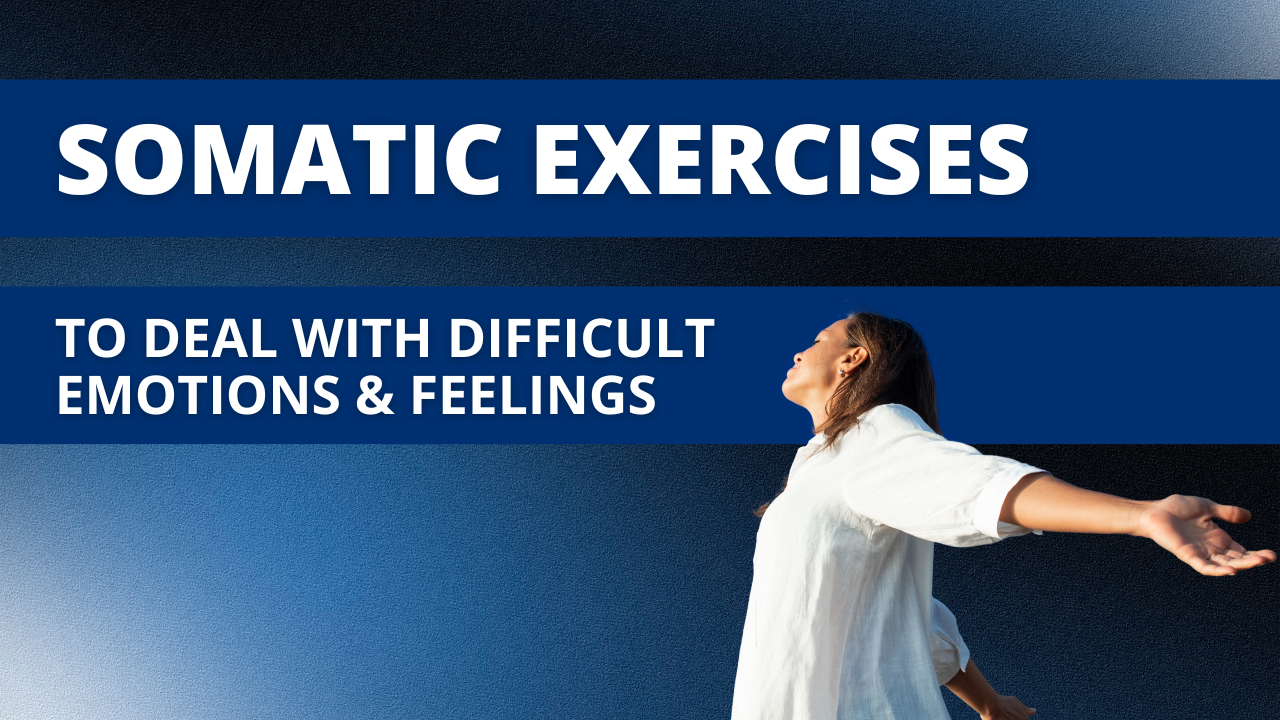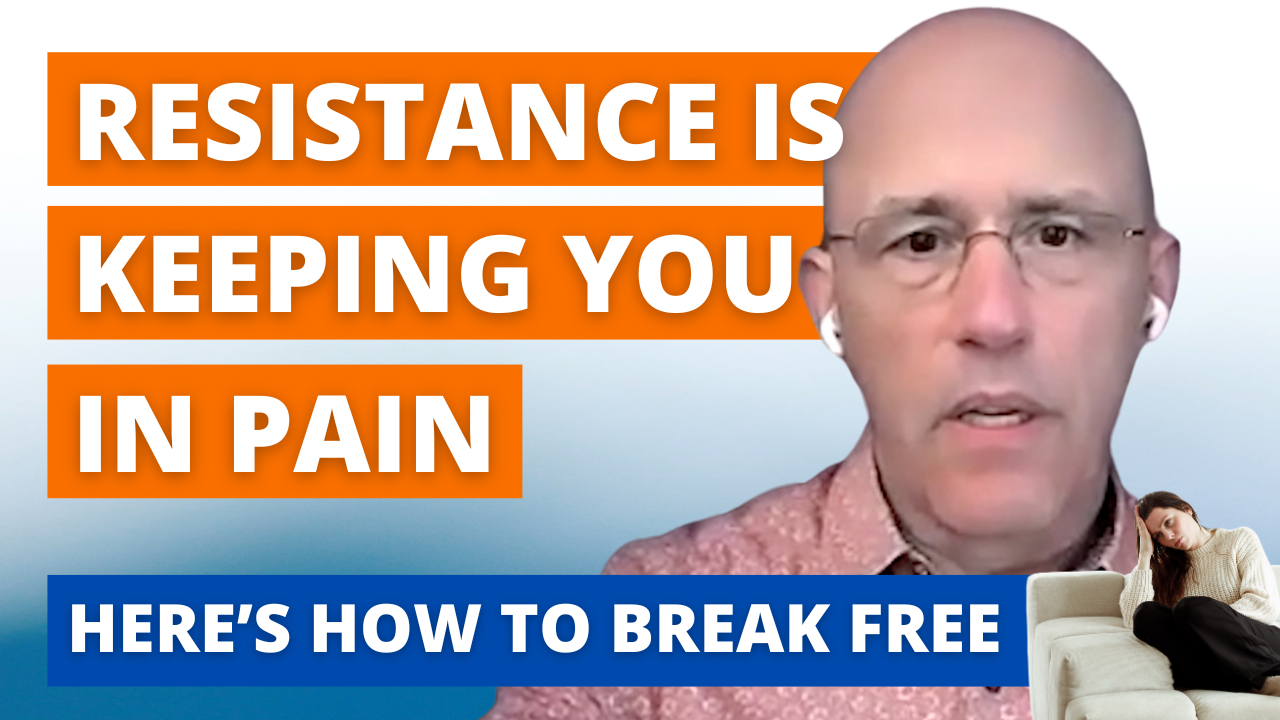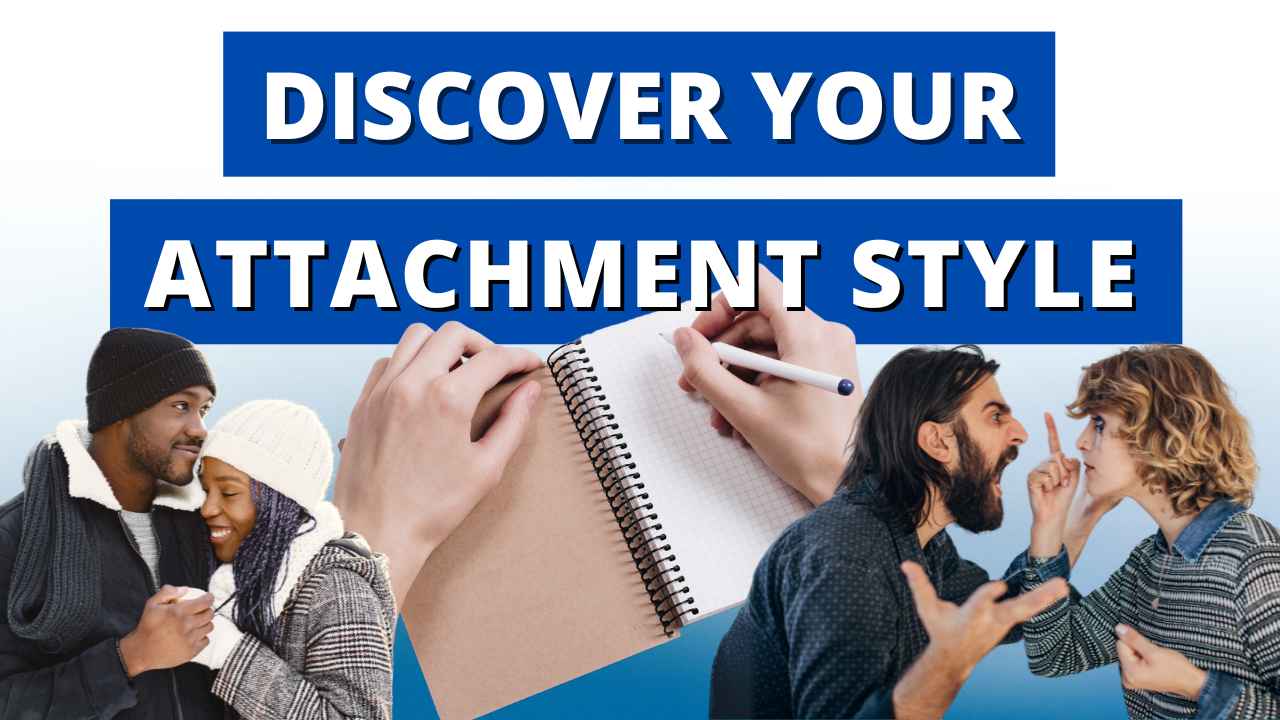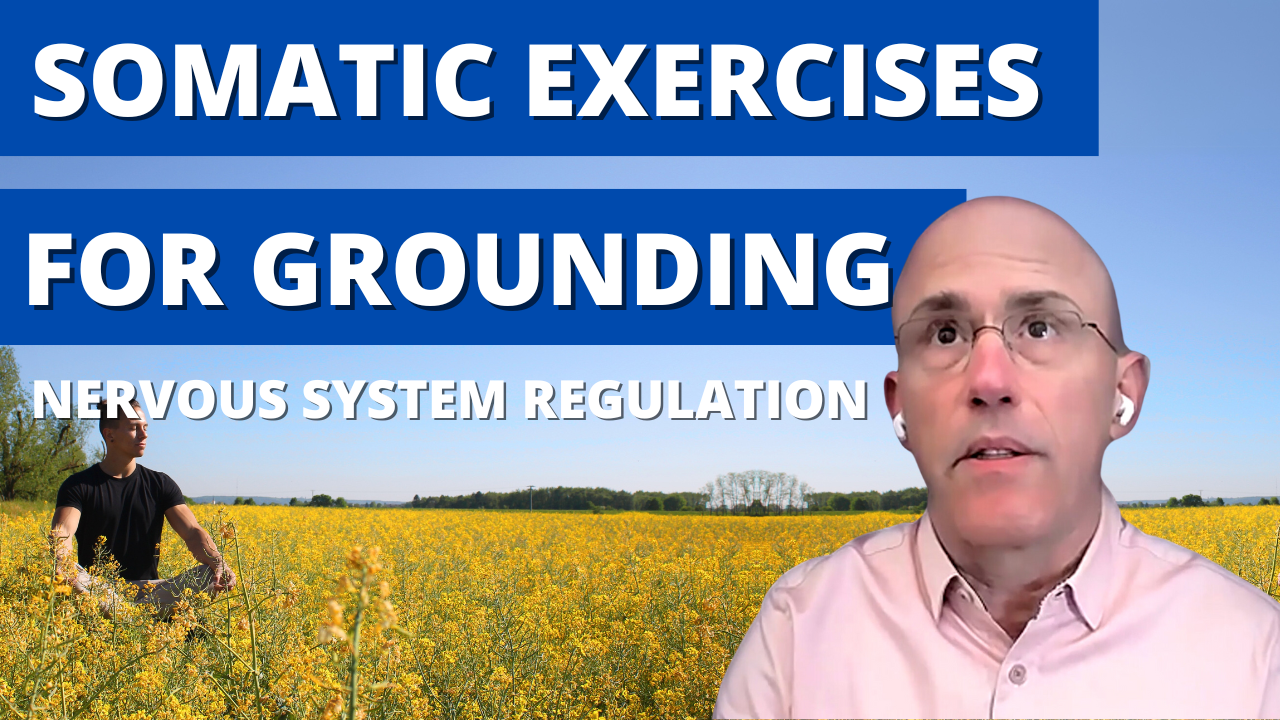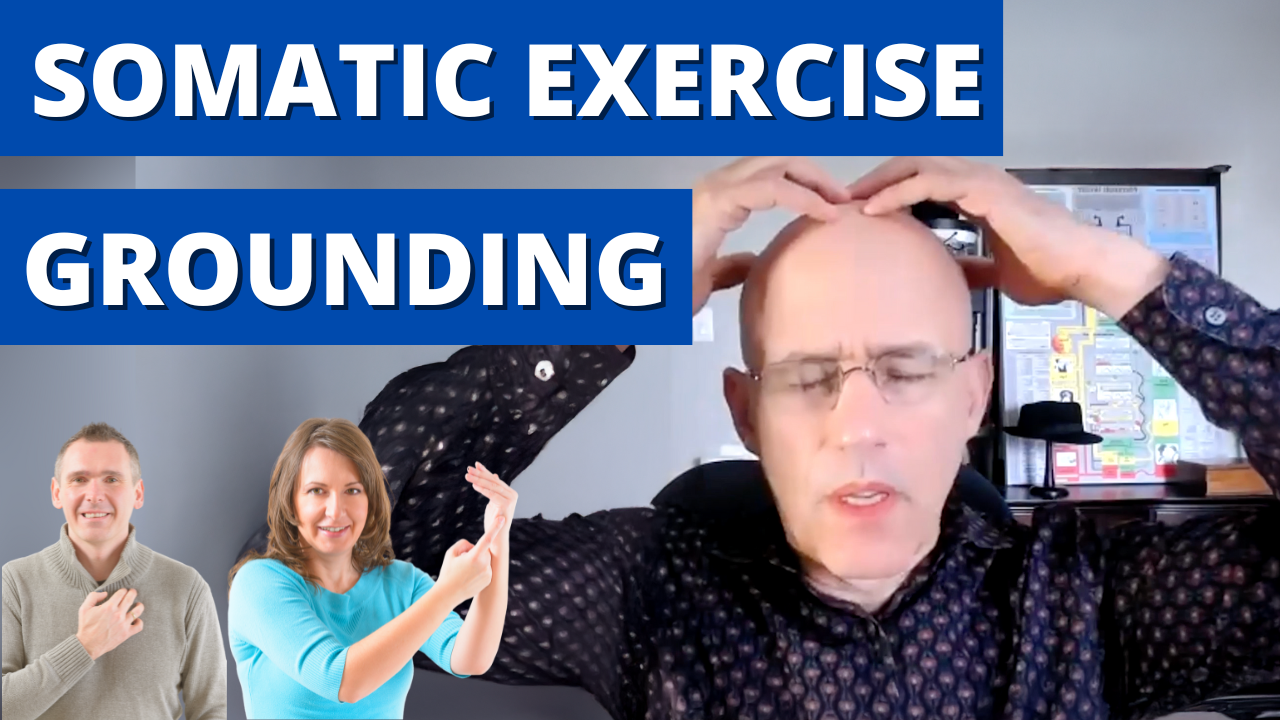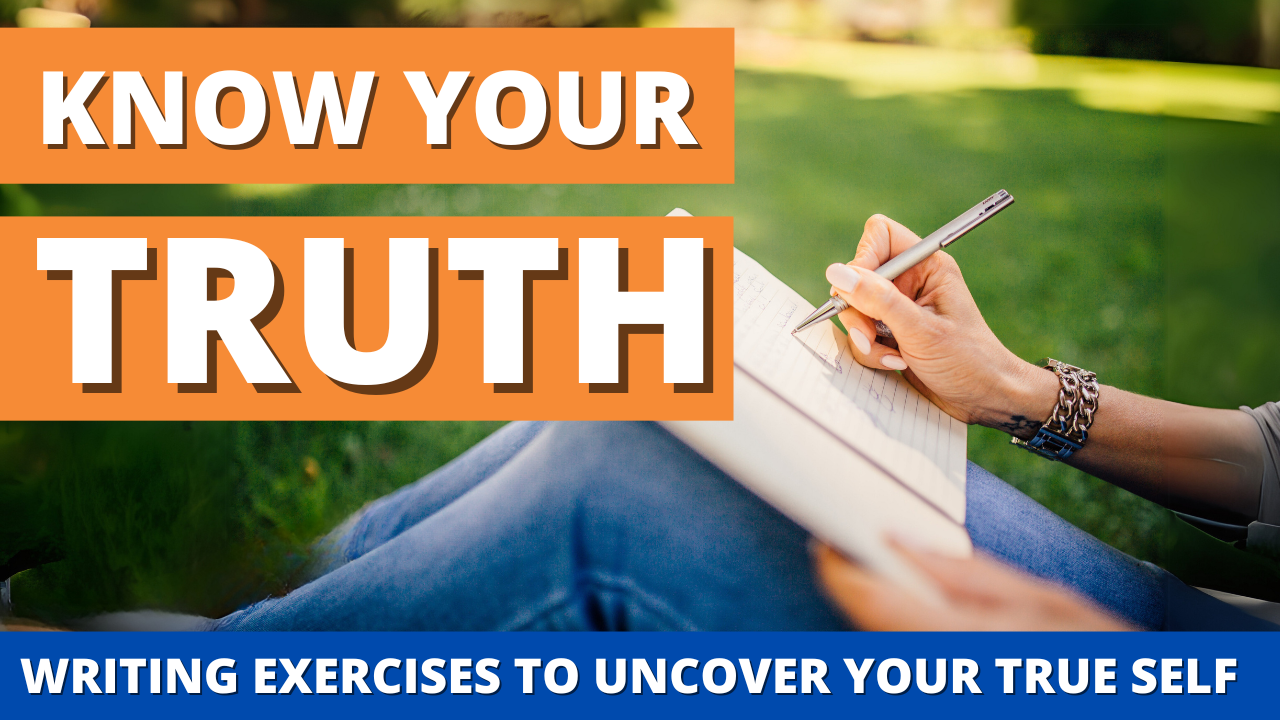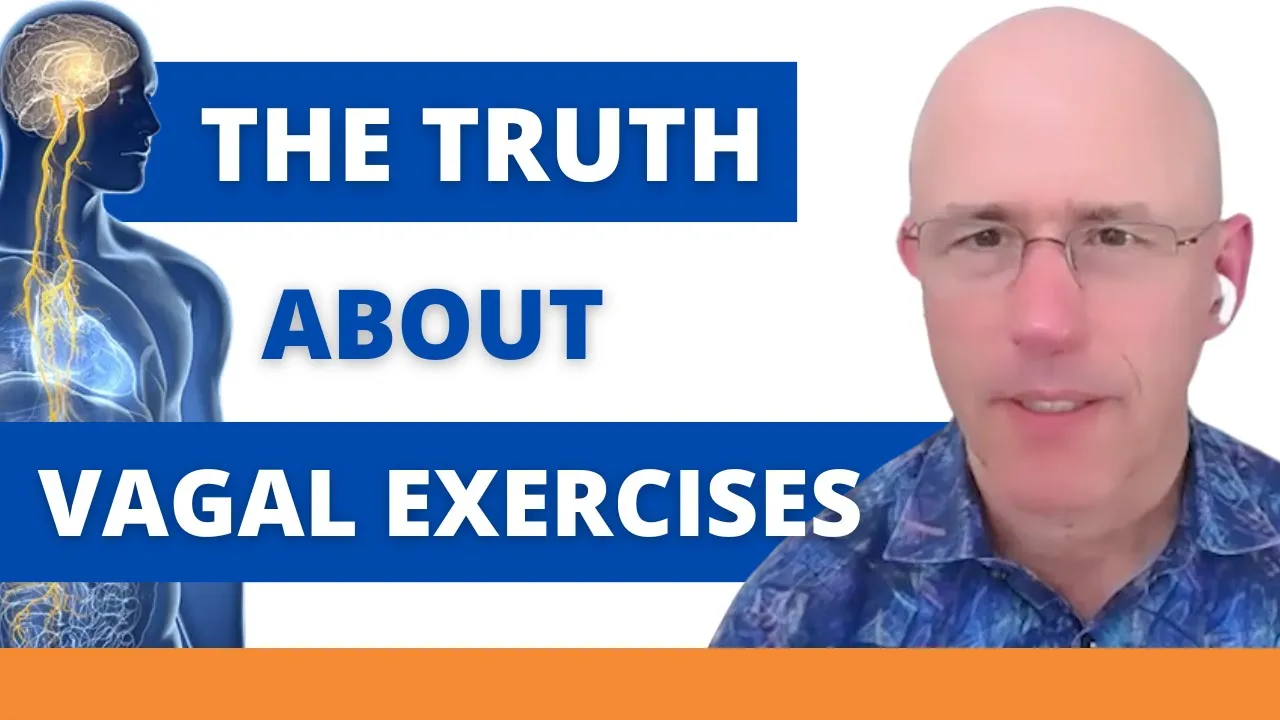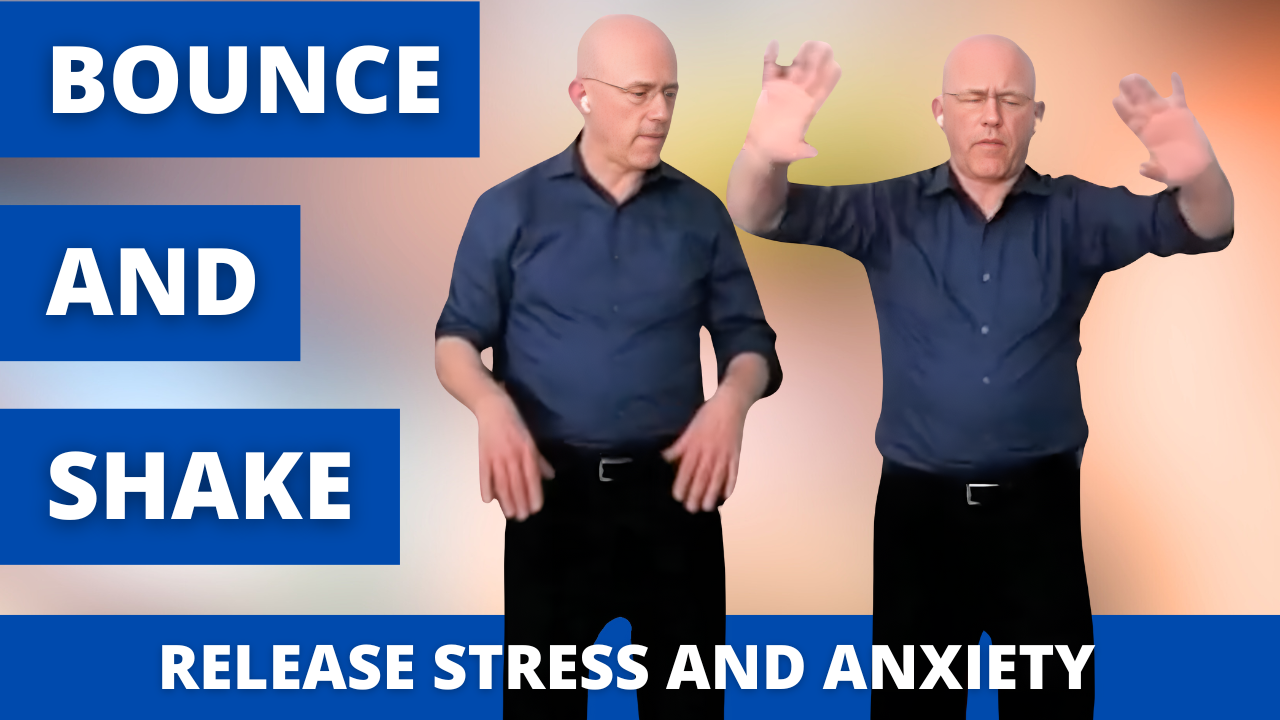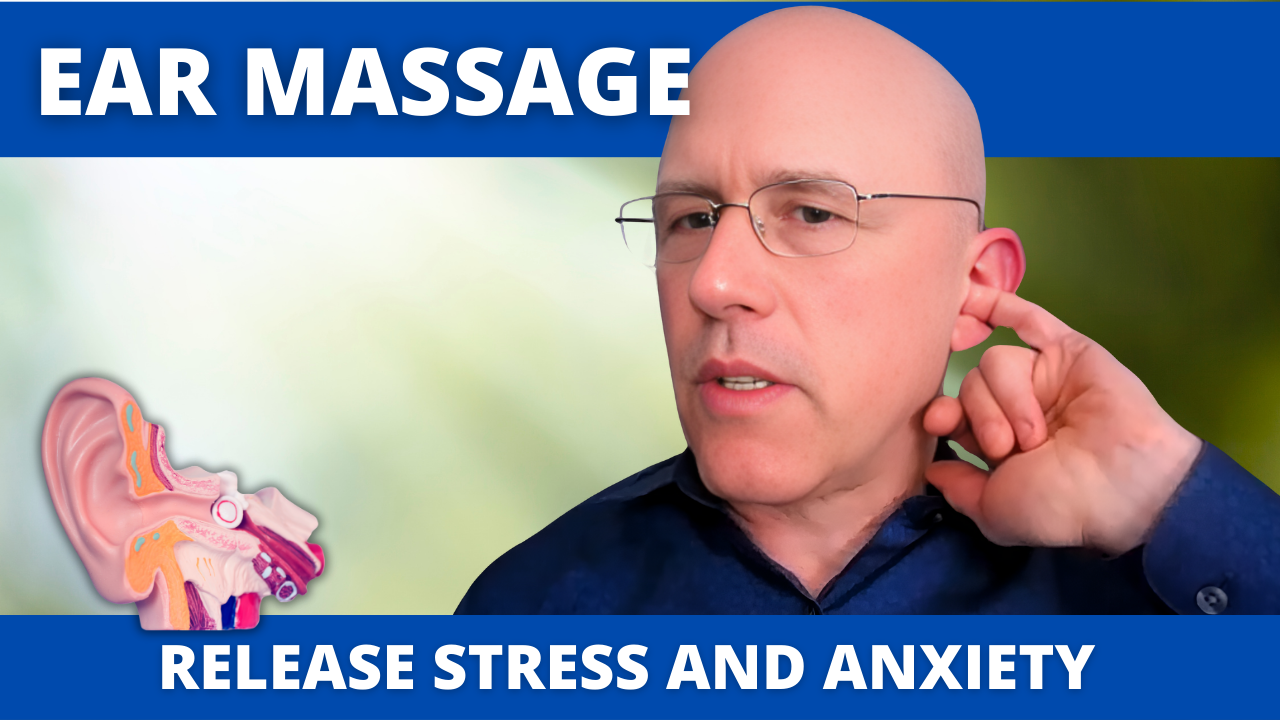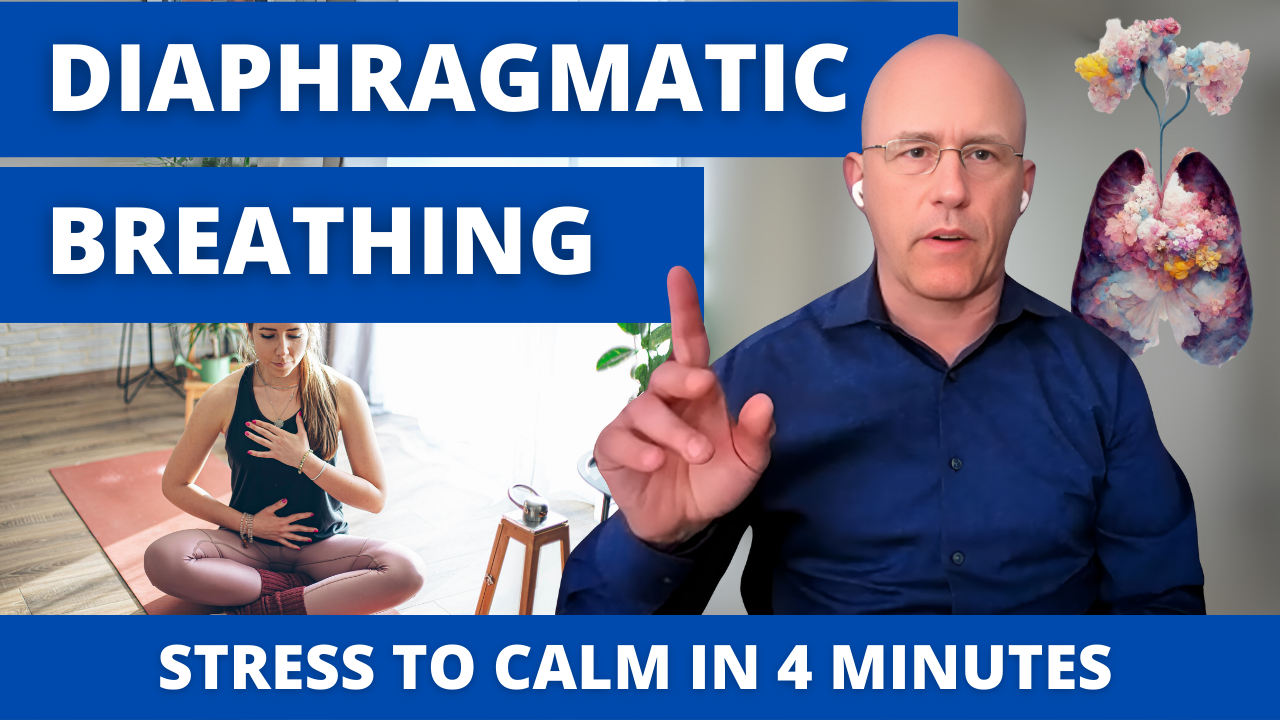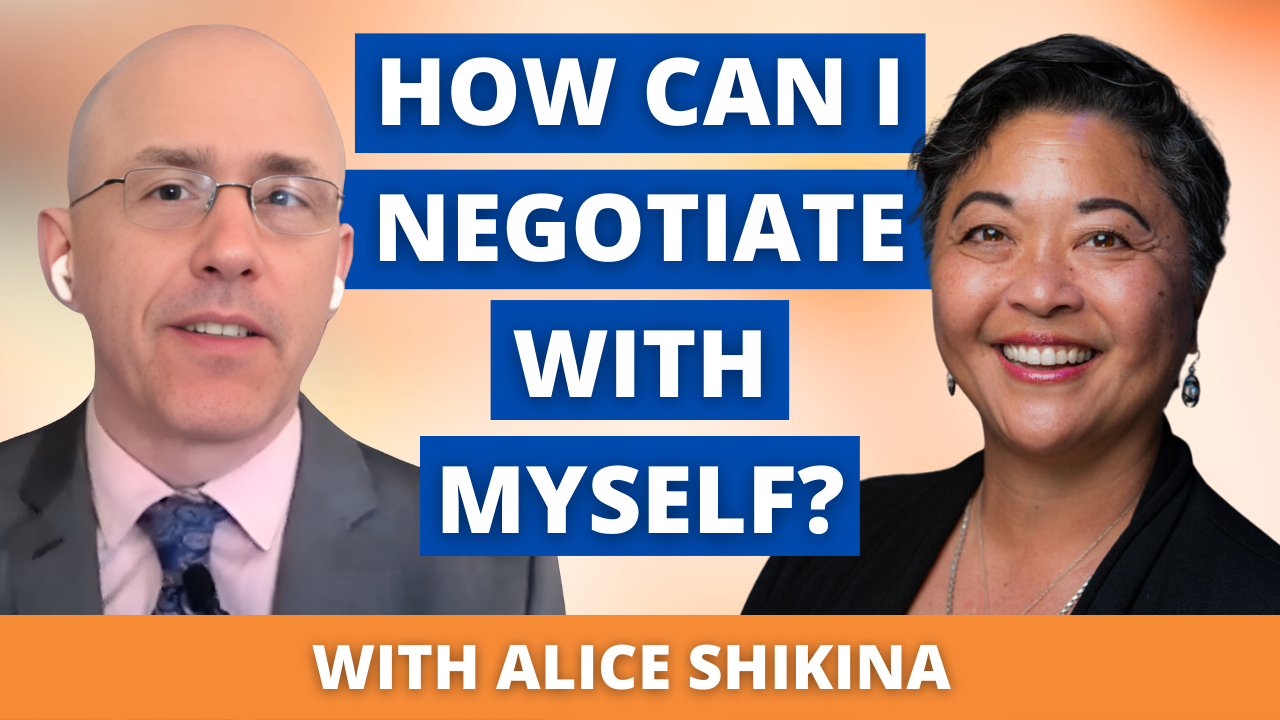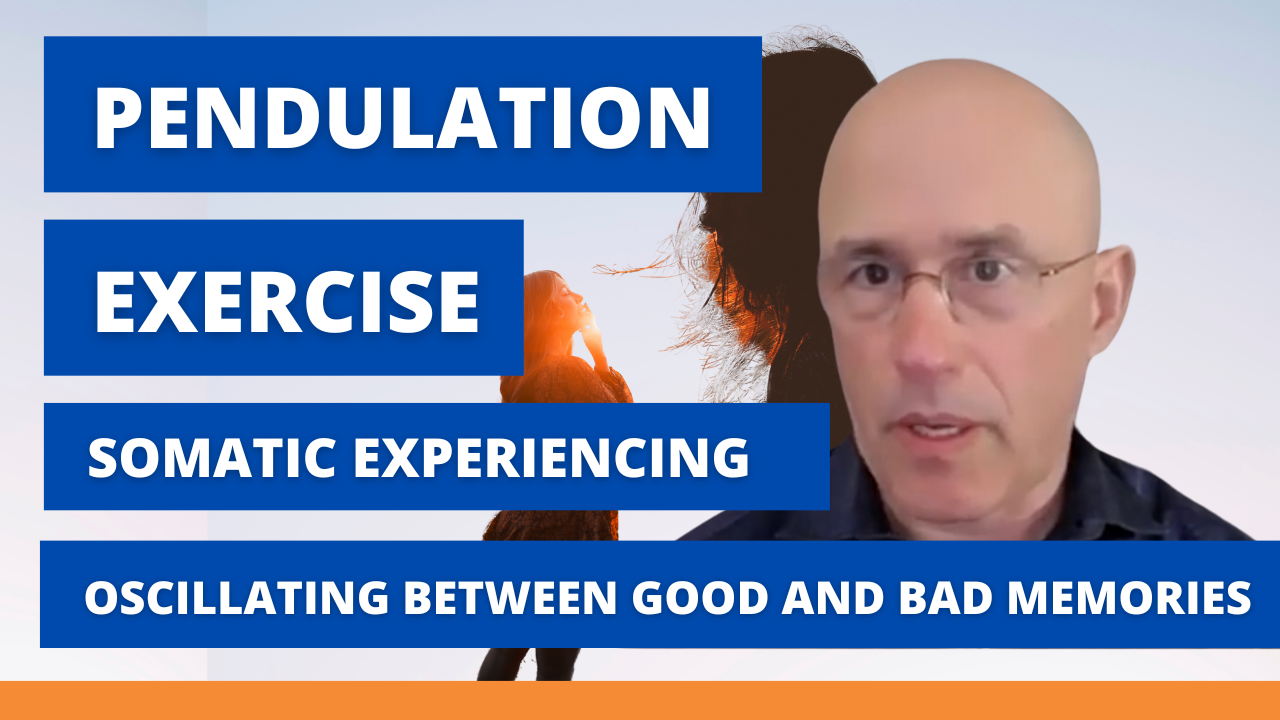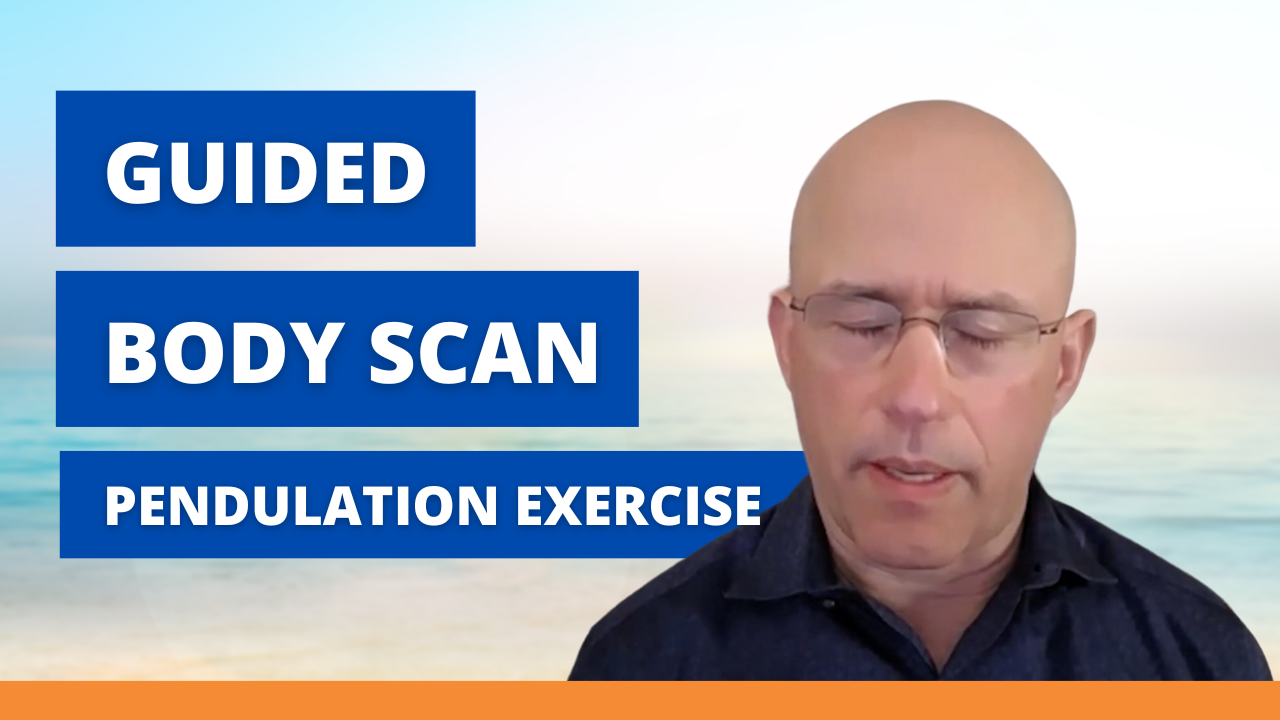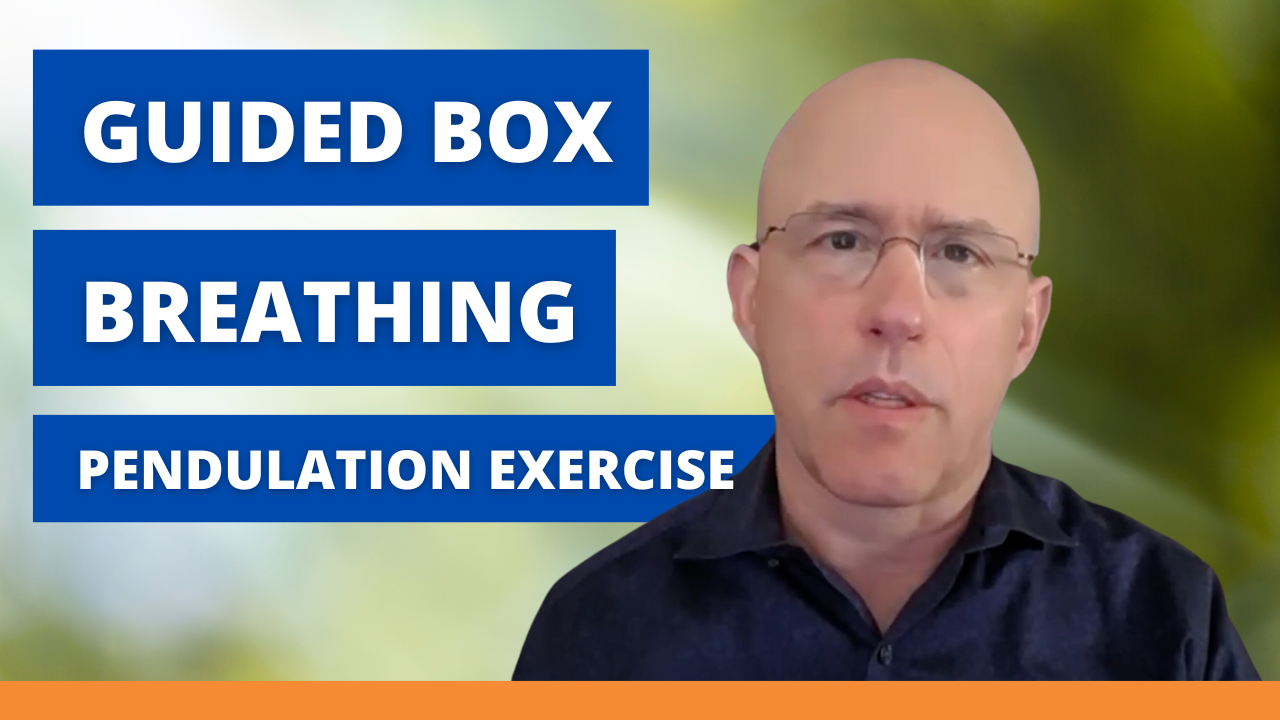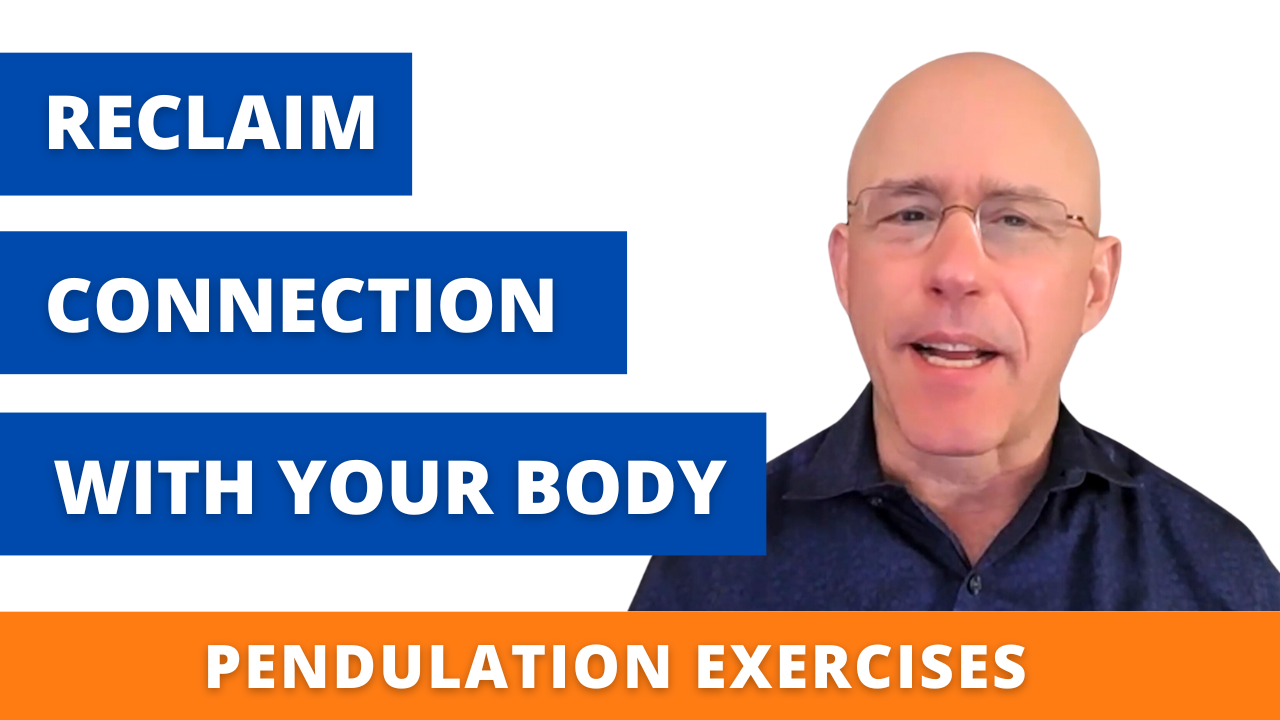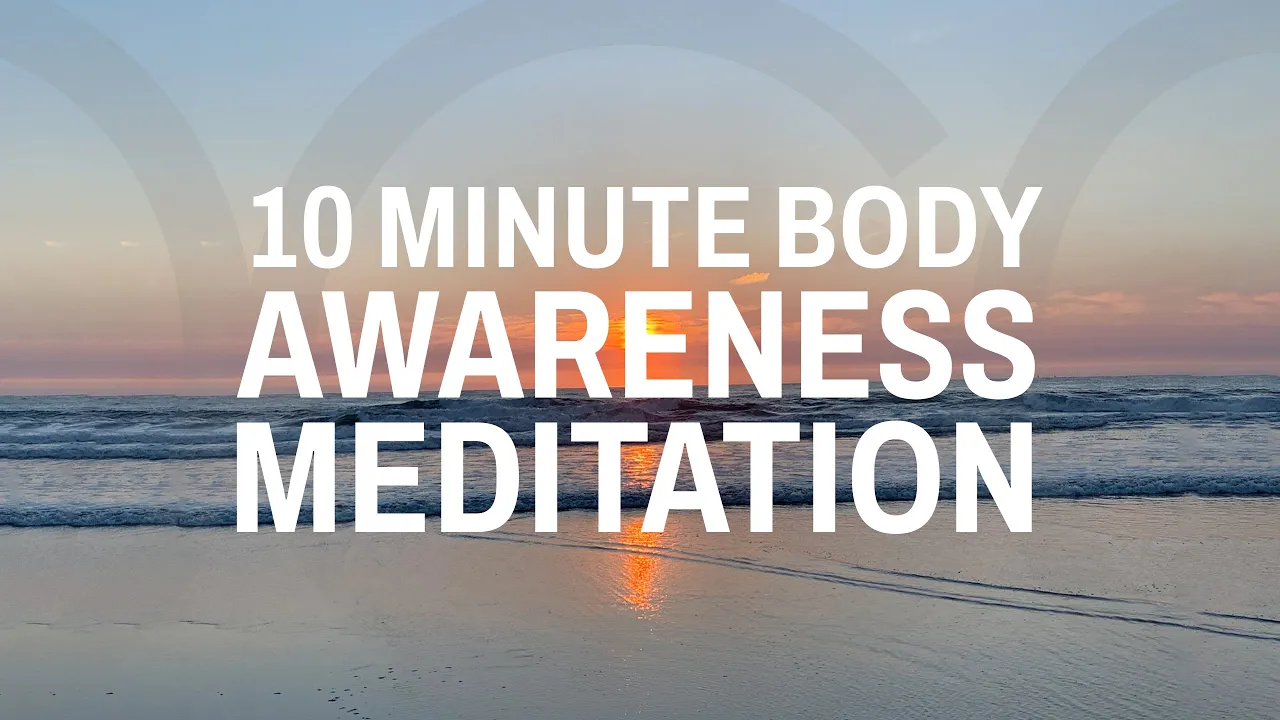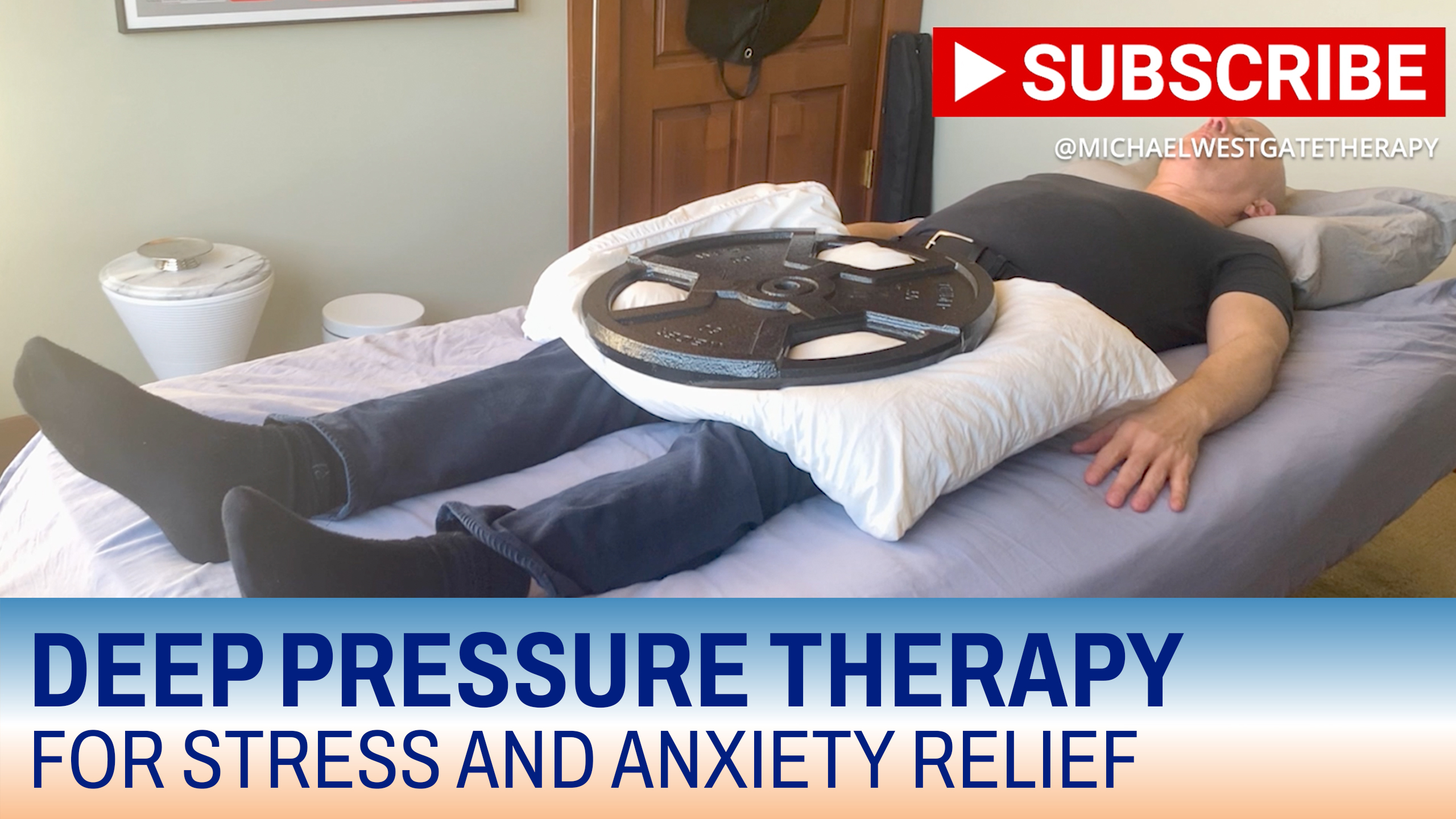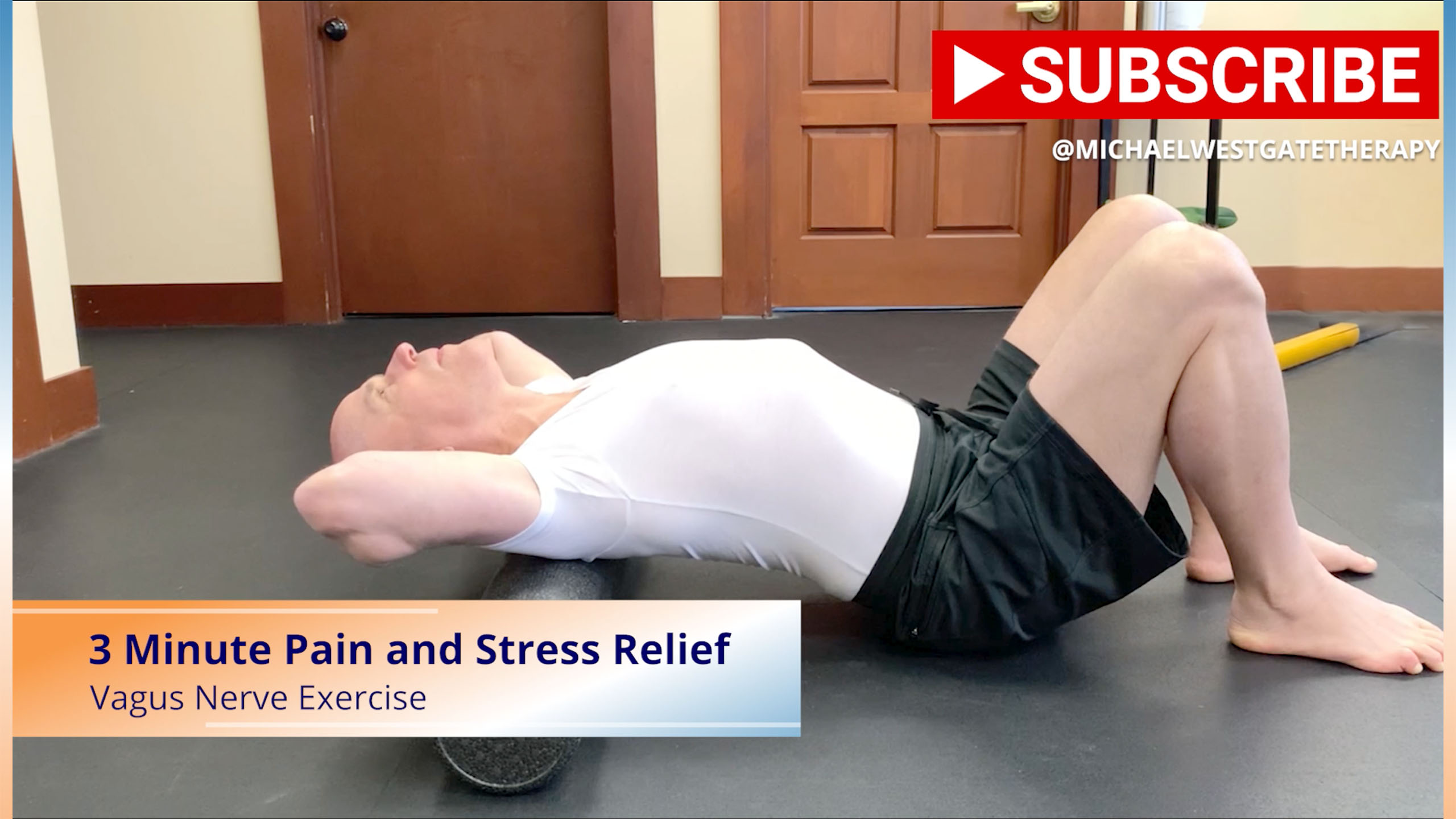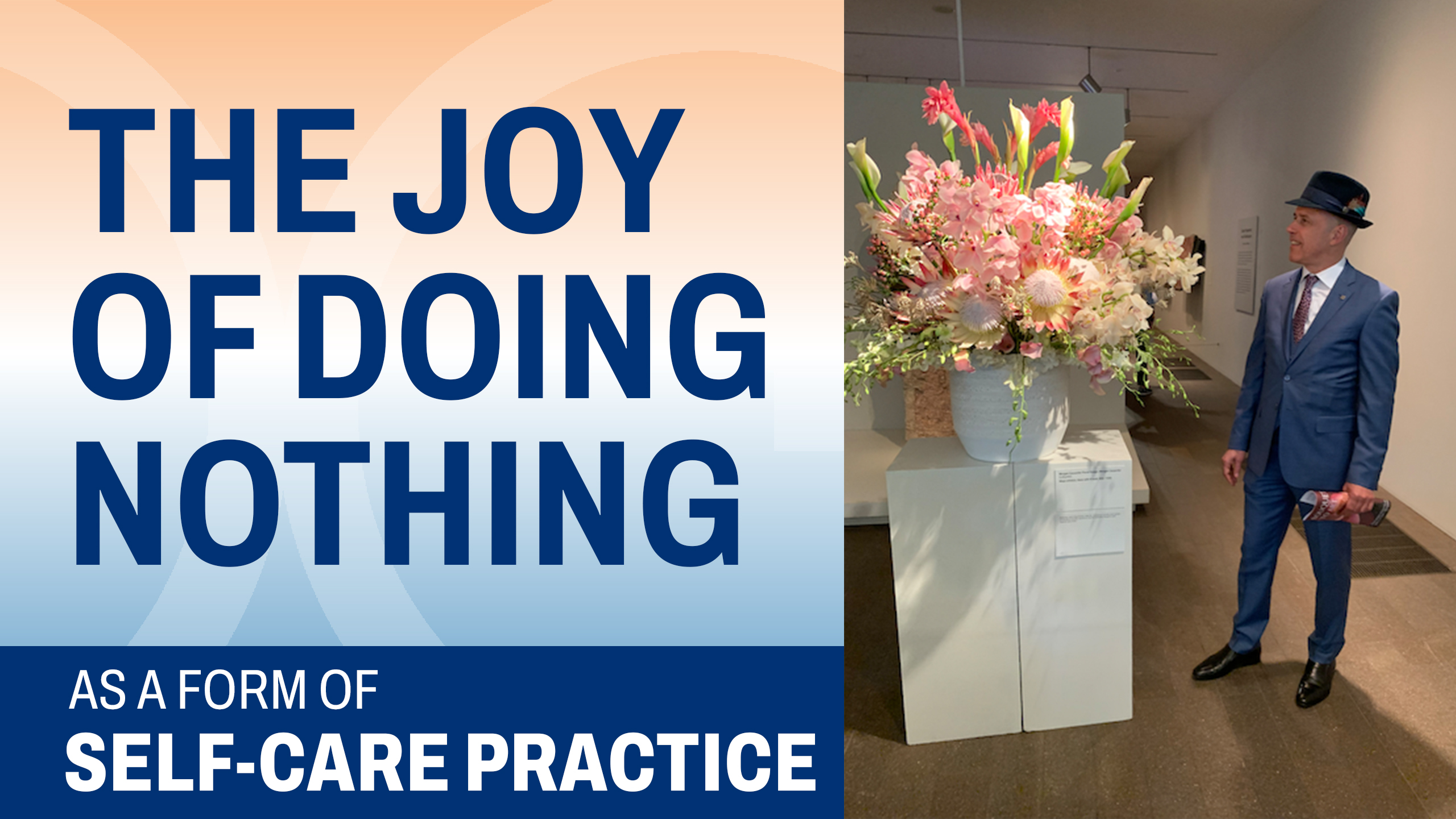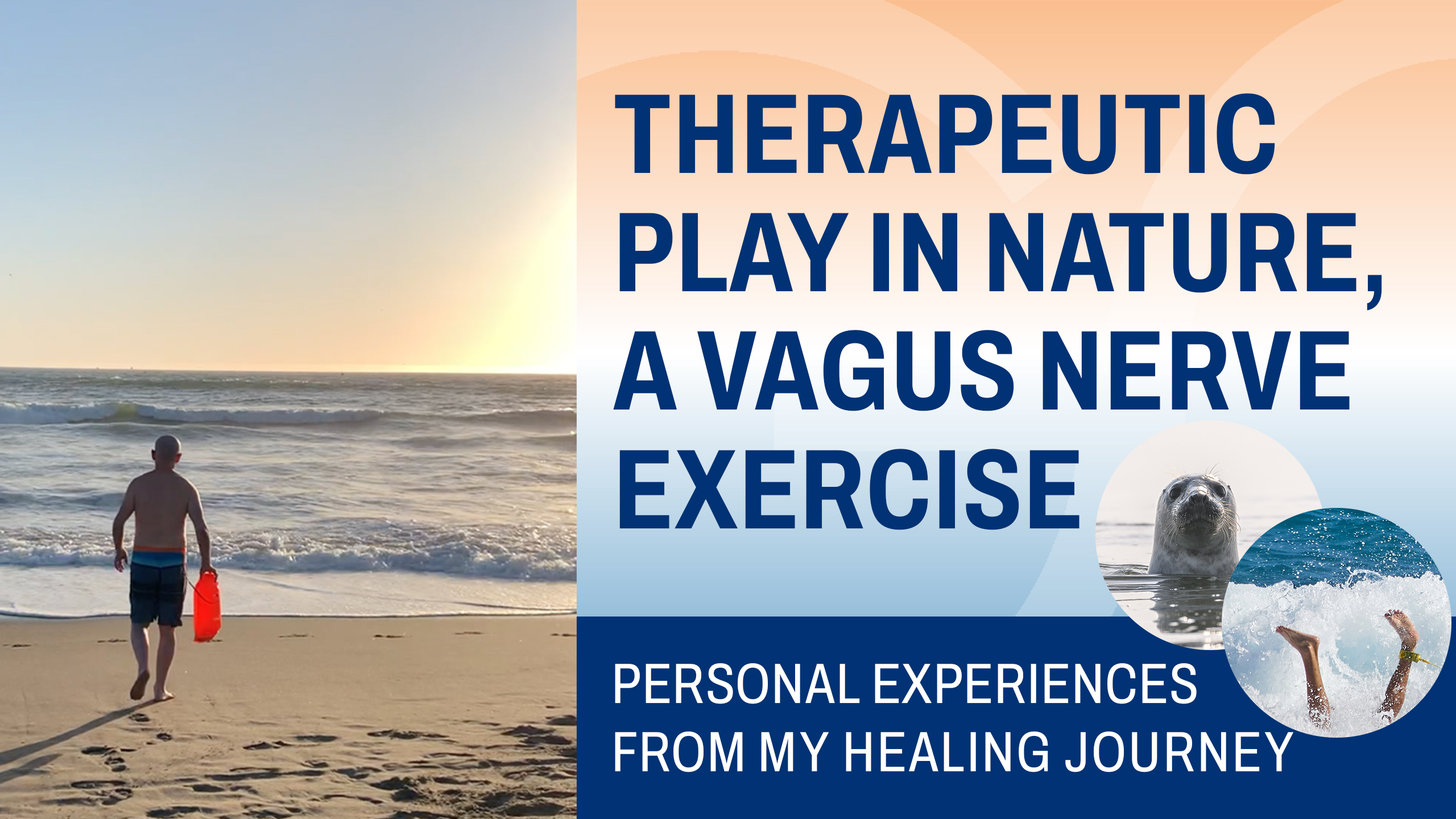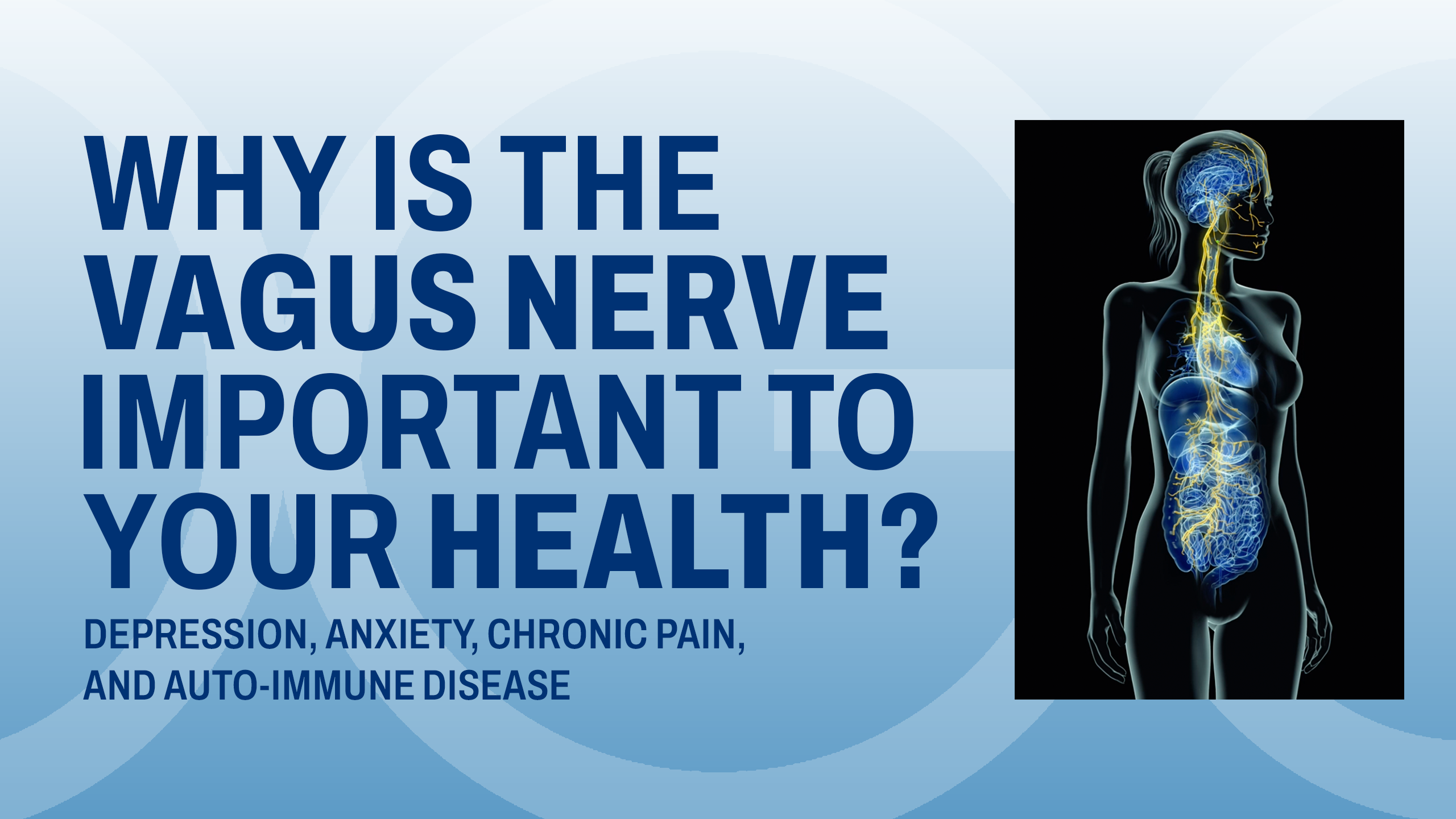Vagus Nerve Exercise
Somatic Exercises To Deal With Difficult Emotions and Feelings Without Running Away
If you’re living with chronic pain, emotional overwhelm, or that deep inner resistance that keeps you stuck—this session might be the beginning of something real for you. This is not a “quick fix.” It’s a practice. But I can say with confidence: this kind of honest, embodied presence is the most transformational thing I’ve ever experienced.
Resistance Is Keeping You in Pain—Here’s How to Break Free!
In this video, we explore the powerful force of resistance and how it keeps us from making meaningful progress in life and healing. Drawing inspiration from The War of Art by Steven Pressfield, we uncover why resistance disguises itself as procrastination, self-doubt, and fear—keeping us stuck in old patterns. Learn how to identify and overcome these internal roadblocks through practical exercises, daily commitment, and a mindset shift. Whether you’re facing chronic pain, creative blocks, or personal growth challenges, this session will help you break free and move toward the life you’re truly meant to live.
Writing Exercises To Discover Your Attachment Style
This video explores how writing exercises can help you discover your attachment style and understand its impact on your life. It begins by guiding you to reflect on your early caregiver relationships and how they shaped your attachment patterns—whether anxious, avoidant, or disorganized. The exercises help you identify how your attachment style influences your stress, emotional regulation, and relationship dynamics. By recognizing recurring patterns and triggers, you can start addressing the barriers that prevent deeper connections and personal growth. The video emphasizes that many attachment behaviors were once survival strategies but may now hinder authenticity and fulfillment.
Attachment Styles EXPLAINED: The Hidden Patterns Shaping Your Life
This video dives deep into attachment styles and how they shape our relationships and emotional patterns. I explore how insecure attachment often stems from childhood experiences where we had to suppress our authentic voice to survive. As adults, we may unconsciously adopt the role of our past neglectors, leading to self-sabotaging behaviors like avoidance, resentment, or emotional dependence. The key to breaking these patterns lies in self-awareness, nervous system regulation, and consistent daily practices like mindfulness, breathwork, and somatic exercises.
Somatic Exercises for Grounding the Nervous System
Transform your well-being with these powerful somatic exercises for nervous system grounding. This video features a series of highly effective grounding techniques to help calm your mind, regulate your emotions, and enhance the mind-body connection. Perfect for managing stress, relieving anxiety, and achieving a state of balance, these exercises are easy to follow and suitable for beginners. By incorporating somatic practices into your routine, you’ll experience improved nervous system regulation, better body awareness, and a deeper sense of presence.
Somatic Exercise for Trauma Healing
In this video, I will guide you through a simple somatic exercise for trauma healing, inspired by Dr. Peter Levine. Using Body Scan and Tapping, this practice helps you reconnect with your body, release tension, and feel more grounded and present. Perfect for anyone looking to heal from trauma, reduce stress, and improve emotional well-being.
Writing Exercises to Know Your Truth
Personal truth is a powerful tool for healing and self-improvement, rooted in aligning with your conscience rather than conforming to societal expectations. Misalignment between thoughts, feelings, and actions often correlates with chronic pain and mental health challenges, making it essential to address this internal disconnect. Journaling exercises can help uncover persistent inner concerns, providing clarity and insight into what truly matters. Reflecting on moments when you acted authentically can enhance self-awareness and help you reconnect with your best self.
Drumming for Neuroplasticity with Adam Gust : Polyvagal-Informed Approach
Discover the powerful connection between drumming, brain health, and emotional well-being. Learn how rhythmic exercises and drumming techniques can boost neuroplasticity, improve cognitive function, and regulate emotions, all grounded in the principles of Polyvagal Theory. Whether you’re a drummer, therapist, or simply interested in the mind-body connection, you’ll gain practical tools to enhance mental clarity, emotional resilience, and overall well-being.
Find Your Voice: Polyvagal Insights for Assertiveness and Setting Boundaries
In this video, I dive into assertiveness and setting boundaries using Polyvagal Theory. I explore how to tap into our body’s natural physiological cues to enhance assertiveness and create healthier boundaries. I emphasize the power of trusting our instincts to identify and effectively address discomfort in our lives.
The Truth About Vagal Exercises: It’s Not About the Nerve
In this video, I address a common misunderstanding about the vagus nerve and the concept of vagal exercises. Drawing from my two decades of experience in helping people with chronic pain and spoken directly with Dr. Steven Porges in one of the classes I attended, I clarified that the goal of vagal exercises isn’t to stimulate the vagus nerve directly. Instead, these exercises aim to change the messages sent through the nerve by engaging various organs.
Bounce and Shake Exercise to Release Stress and Anxiety
In this video, I introduce a unique approach to meditation that’s not just about calming down but also about energizing. I learned this exercise in a mindfulness course, where it was presented as a way to wake up the body and mind each morning. It involves rhythmic bouncing and shaking with loose knees, gradually adding movements of the hands and shoulders. This practice is perfect for starting your day with renewed energy and focus, offering a simple yet effective way to release tension and improve overall well-being.
Ear Massage to Relieve Stress and Anxiety
In this video, I demonstrate various techniques for ear massage aimed at reducing stress and anxiety through therapeutic practices. I begin by explaining methods such as squeezing, tugging, and tractioning the ear to identify and alleviate tension. I guide you through exploring different directions and areas of resistance within the ear to facilitate effective stretching.
Diaphragmatic Breathing for Stress Relief
In the video, I explore diaphragmatic breathing techniques aimed at relaxation and stress reduction. The technique involves slow, mindful inhalation and exhalation through either the nose or mouth. I discuss the option of pursing the lips during exhale to stimulate the vagus nerve. I suggest adapting the sequence of breathing—whether starting with the chest or stomach—based on personal preference for relaxation.
Winning the Inner Battle - Mastering Self-Care Negotiation for Chronic Pain Relief
In this enlightening episode of “Negotiation with Alice,” we dive into the crucial art of negotiating self-care practices, especially for those battling chronic pain. Join us as Alice, a seasoned negotiation expert, engages with Michael Westgate, a neuromuscular therapist with deep insights into the complexities of chronic pain management. Together, they explore the psychological hurdles and internal negotiations that challenge consistent self-care and discuss innovative strategies to overcome these obstacles.
Therapeutic Play for Chronic Pain and Depression
As someone with over 20 years of experience treating chronic pain, I can tell you firsthand how beneficial play is not just for childhood development, but for lifelong health and thriving. In this video, I’ll dive deep into how play helps prepare you for life’s challenges, resolve overwhelming experiences, and promote adaptability and emotional regulation.
Oscillating Between Good and Bad Memories – Pendulation and Somatic Experience Exercise
This exercise involves oscillating between happy and distressing memories to facilitate emotional regulation. By recalling soothing memories to induce relaxation and then gently transitioning to distressing memories, individuals can observe their emotional and physical responses without becoming overwhelmed. The process aims to create a balanced rhythm between these contrasting memories, gradually reducing the intensity of distressing ones over time.
Guided Body Scan - Pendulation Exercise
In the video, I introduce a technique called Pendulation, which was coined by Dr. Peter Levine and aims at addressing chronic pain and trauma. He emphasizes reconnecting with the body rather than rejecting it due to pain. The pendulation exercise involves finding a quiet space, scanning the body for comfort and discomfort, and oscillating between focusing on areas of pain and areas of comfort. By observing and describing sensations without judgment, individuals can gradually release tension and trapped energy associated with pain, promoting resilience in the nervous system.
Guided Box Breathing - Pendulation Exercise
The Box Breath technique. It’s a simple yet effective way to calm the mind and re-establish that vital connection with your body. The Box Breath involves a rhythmic pattern of inhaling, holding, exhaling, and holding again, each for a count of four. This practice encourages relaxation and sharpens focus. Throughout the video, I stress the importance of integrating this technique into your daily routine. By doing so, you can significantly reduce stress levels and elevate your overall well-being.
Pendulation Exercises - Reclaim Connection With Your Body
Incorporating Pendulation practices into your daily life can be a powerful way to navigate between comforting and challenging memories or bodily sensations, providing essential self-care techniques for stress management. These practices not only help you regulate stress in the moment but also nurture resilience and foster a more positive relationship with your body and the sensations tied to unresolved issues and memories. I highly recommend making Pendulation exercises a part of your daily routine.
10 Minute Body Awareness Meditation
Our bodily sensations are reflections of our unconscious mind, conveying messages through non-verbal signals. When practiced regularly, the Body Scan Meditation can become a potent tool for healing. Deb Dana puts it eloquently, “If there’s an argument between your body and your conscious mind, your body will always win.” Hence, forging a peace treaty between your conscious mind and your body is highly recommended.
Deep Pressure Therapy Exercise for Stress and Anxiety Relief
Have you ever felt so stressed out that you couldn’t relax? When you are overwhelmed and unable to cope and recover, your nervous system can get stuck in perceiving the world as an uncertain place full of danger even when no threat exists. The solution to easing the effects of chronic stress is strengthening your capacity to reach places of calm, safety, and ease inside yourself. Deep Pressure Therapy is one of my favorite remedies for recovering from a stress spin.
3 Minute Pain and Stress Relief Vagus Nerve Exercise
This 3 Minute Pain and Stress Relief Vagus Nerve Exercise is designed to give you immediate relief from stress. Especially stress caused by using electronic devices for hours and poor posture.
The Joy of Doing Nothing
Let me introduce an antidote to the productivity obsession from the Italian culture with a saying and philosophy of life called Il Dolce Far Niente. It translates as “how sweet it is to do nothing.” The joy of doing nothing means doing what you love instead of what you’re expected to or should do. In Italian culture, it’s considered an art in itself, the art of enjoyment, indulging yourself in activities that nurture you.
Therapeutic Play in Nature, a Vagus Nerve Exercise
If you’re suffering from chronic illness, you’re most likely overwhelmed by everything you think you should do to get better. There’s an endless list of tasks: diets, exercise, meditation, movement, therapies, journaling, etc. Of course, I advocate for all these practices because I do them myself.But sometimes, doing these things feels like another chore, another pressure. Now imagine if your self-care could feel like a gift instead, nurturing and fun, something you look forward to.
Why Is the Vagus Nerve Important for Your Health
The Vagus Nerve’s function is to adjust your physiology so you can adapt to your environment successfully. Adapting includes adjusting the heart and lung rate, hormone levels, blood flow, digestion, etc. For example, imagine the difference in your physiology when you run for your life from a tiger compared to going to sleep at night when you’re safe. Your physiology would be quite different in these two scenarios.

